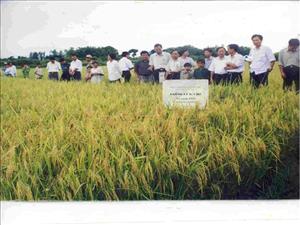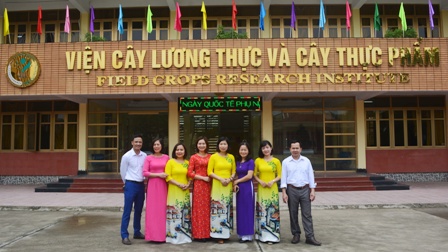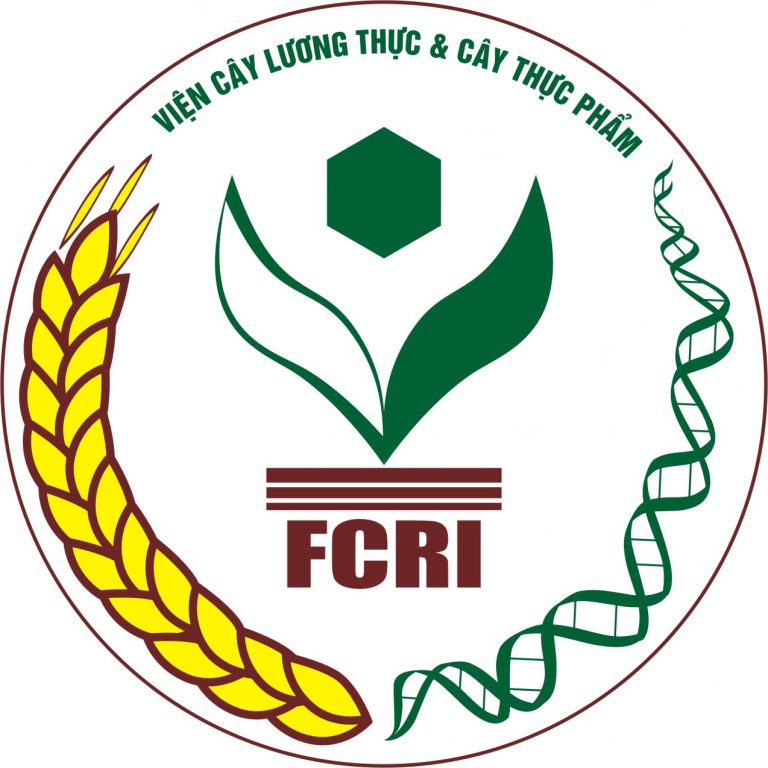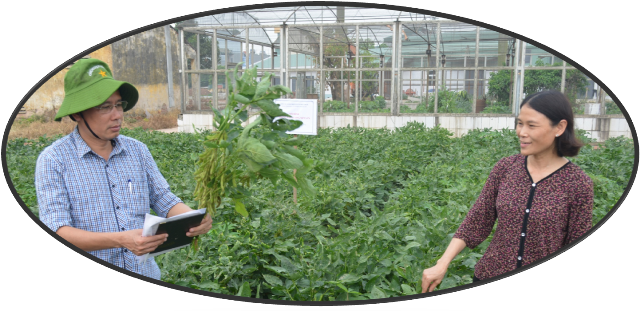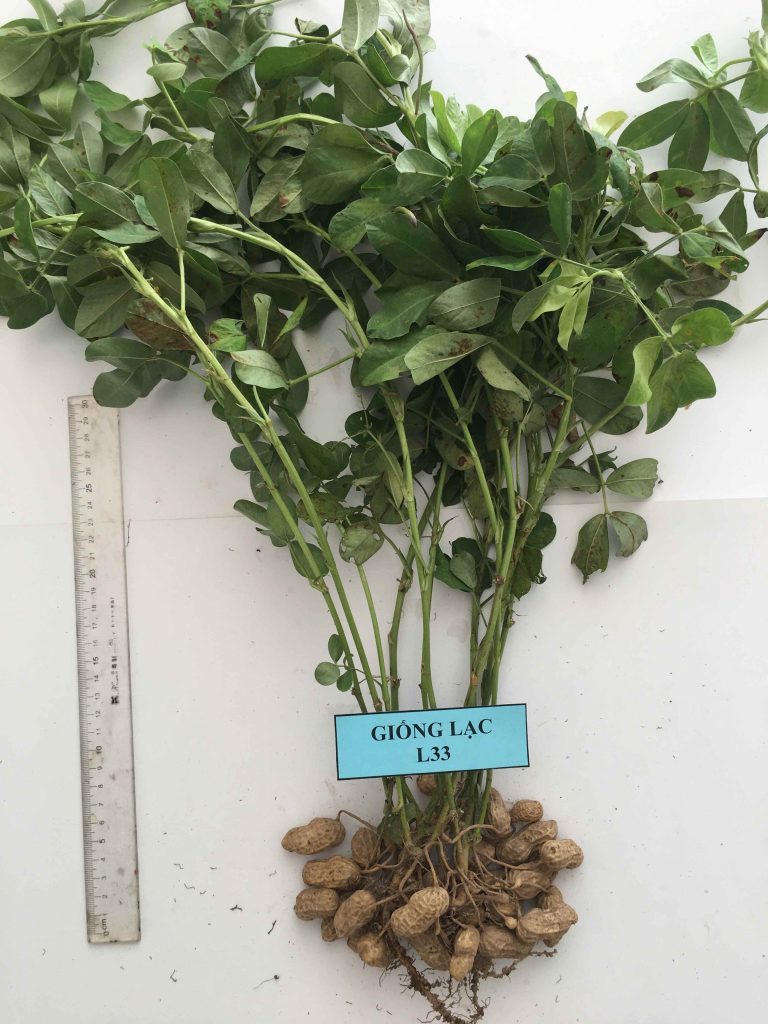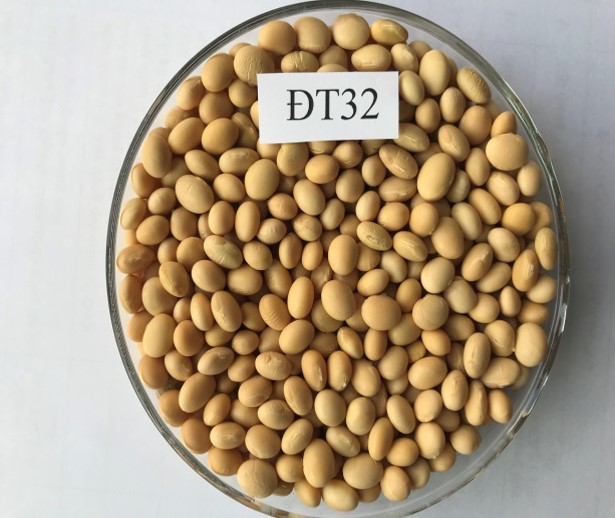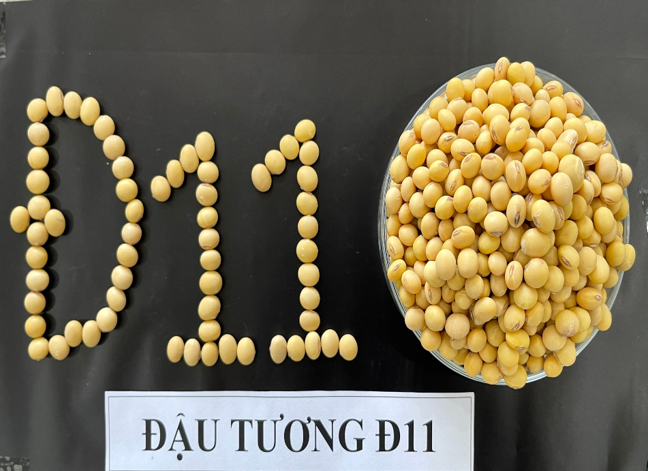WORLD WIDE SUCCESS IN MUTATION BREEDING FOR FOOD SECURITY
The application of mutation techniques, i.e. gamma rays and other physical mutagens has generated a vast amount of genetic variability and is playing a significant role in plant breeding and genetics and advanced genomics studies.
Mutation induction coupled with selection remains the cleanest and most inexpensive way to create varieties by changing single characters without affecting the overall phenotype. Mutation induction involves the treatment of plant propagules (seed, cell culture) with mutagens (e.g. gamma rays). This is followed by selection for desirable changes in the resulting mutants. Breeders use mutation induction to broaden the genetic base of germplasm, and use the mutant lines directly as new varieties or as sources of new variation in breeding programs.
The mutant varieties produced provide higher yields, better quality, resistance to diseases and resilience to climate change and variability. A large majority of these varieties (including cereals, pulses, oil, root and tuber crops, and ornamentals) have been released in developing countries, resulting in enormous positive economic impacts. Their contribution to the national economies is measured in billions of dollars, and they are grown on hundreds of millions of ha cropping area. Thus, plant mutation breeding is an efficient tool for preserving and enhancing global food security.
In Peru, farming activities 3000 meters above sea level are very limited by the harsh conditions of the environment. With the support of AGE, the Cereal and Native Grains Research Program produced improved mutant barley and Amaranth varieties, thriving at up to 5000 m altitude, thus providing the 7 million Andean farmers living there with more food and income and enhancing their life quality.
In China, three mutant wheat varieties together cover more than 30 million ha and create more than 30 billion Yuan RMB (about US$ 4.9 billion) of socio-economic benefit.
In Bangladesh, an early mutant rice variety can be harvested approximately one month earlier than other rice varieties and has almost similar yield as late maturing varieties and high quality. This mutant variety of paddy is now cultivated in a three crop rotation and intercropping pattern (up to 10000 farmers on about 80% of rice area) – paddy/potato/mug (Green Gram) – in the area of Northern Bangladesh and contributes to precious additional income for local farmers: combating the seasonal food shortage; creation of job opportunities for farm workers; farmers can produce another crop of potato; the rice straw can be sold at a good price as feed is also in shortage in October; rice can be sold at a higher price since this mutant variety is high quality and at that moment in time, rice is less available at the market place; there is a great potential to avoid drought stress, which happens from time to time in November.
In Indonesia, total income from one top mutant rice variety is estimated at US$ 2 billion. Hundreds of thousands of farmers in Indonesia and millions of Indonesian citizens have benefited from the release of mutant varieties.
In Viet Nam, rice and soybean mutant varieties improve farmer’s livelihoods: one top mutant rice variety from the Agricultural Genetics Institute created a total value of US$ 3.3 billion, an increase of US$ 537.6 million compared to the old varieties. Soybean mutant varieties have brought product value of US$ 3 billion, and increased the income for 3.48 million farmers by 30%.
The widespread use of mutation techniques in plant breeding programs throughout the world has led to the official release of more than 3200 mutant varieties from more than 200 different plant species, in more than 70 countries.
Copy from: http://www.fao.org/ag/portal/age/age-news/detail/en/c/269620/


